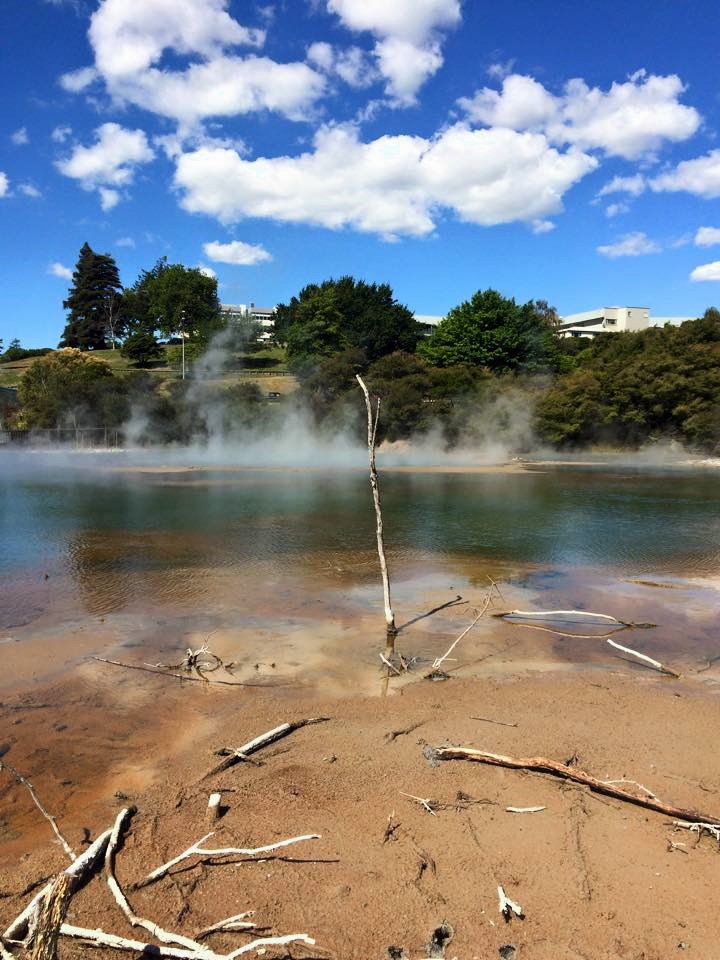Rotorua Adventures
Rotorua is a reasonably large town by New Zealand standards of some 56,000 people, situated fairly centrally in the North Island, just south of the Bay of Plenty. There are many lakes in the area, the town itself lying on the shores of the largest one, Lake Rotorua.
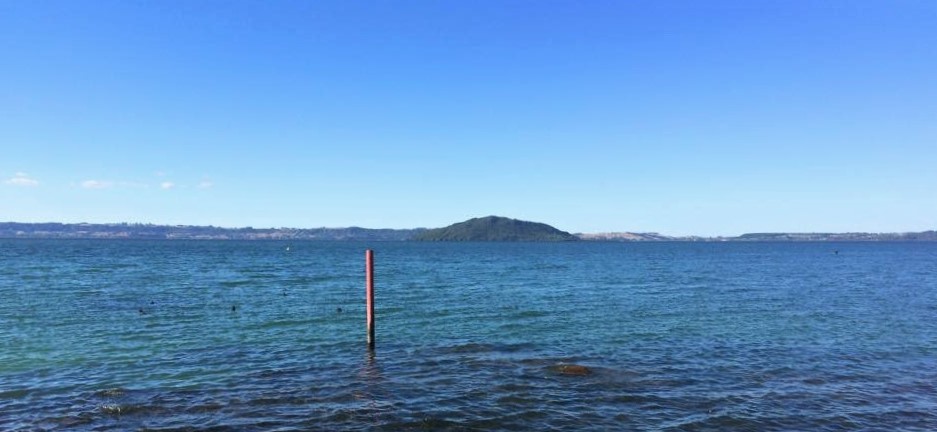
The area is abundant with geothermal activity with many hot springs, bubbling mud pools and a lingering sulphurous aroma. I am told that the smell takes some getting used to but luckily I had a cold for the entire time I was there so I was spared the experience. Absolutely do not let this put you off visiting however, just be aware of it! The town also has a large Māori population; the Te Arawa people are made up of several tribes (iwi and hapu) and their lands encompass Rotorua. They are named after the canoe in which their ancestors arrived from their home in Polynesia - their canoe was named Te Arawa after the shark which attacked them during their voyage to New Zealand.
How To Get There And Where To Stay
Rotorua is easy to get to by car via SH5 and is serviced by Intercity buses as well. There are quite a few hostels in the town, including a Base and a YHA. During my time there, I stayed at the Rock Solid hostel that has been converted from a shopping centre and is now part of a rock climbing facility. It is a clean, quiet hostel with a pool table and very centrally located. If you are after a louder hostel then Base has its own bar, a lively and relatively cheap place to get a few drinks and socialise.
Things To Do
There is lots to do in Rotorua with the geothermal areas and mountain biking being two of the biggest attractions. The geothermal activity is not difficult to come across. Just a walk around the town will take you past bubbling pools of mud and steaming hot lakes. While most of the really dangerous bits are fenced off, take care when walking around the parks and definitely do not cross any of the fences as the ground can be very hot and extremely unstable, even if it looks safe.
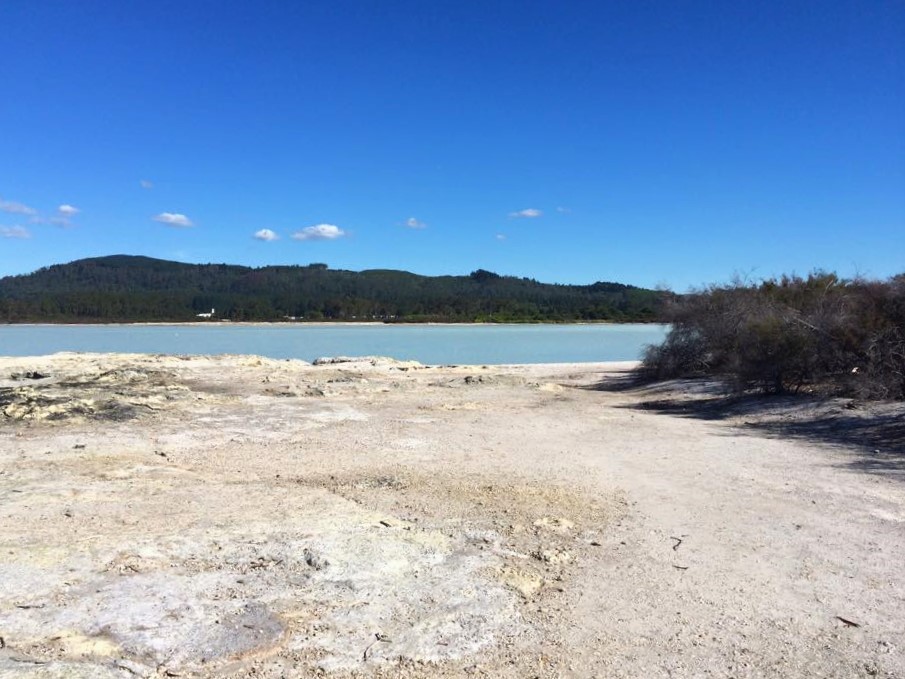
If you are looking to make more of a day of it then Waimangu (Māori for 'black water'), Wai-o-tapu ('sacred waters') and Hells Gate are nearby geothermal parks with lakes, geysers, hot springs and mud baths. Rotorua also has the rather elaborate Rotorua Museum and the botanic gardens which are nice for a walk. Be sure to check out the Thursday night market for some tasty street food as well!
Waimangu
Waimangu is a volcanic and geothermal valley just outside of Rotorua town and is an excellent place to visit. There are shuttle buses from the town centre and once at the park there is a trail through the valley to Lake Rotomahana which takes a few hours overall and offers views of the incredible Frying Pan Lake, full of acidic, very hot water, and Inferno Crater, an even more acidic, pale blue lake.
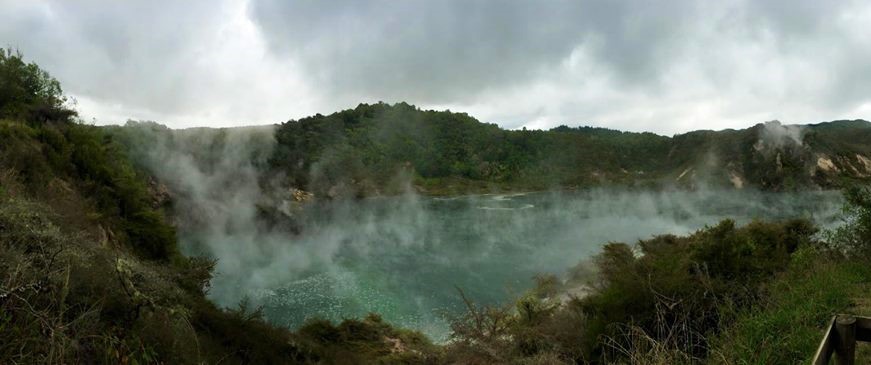
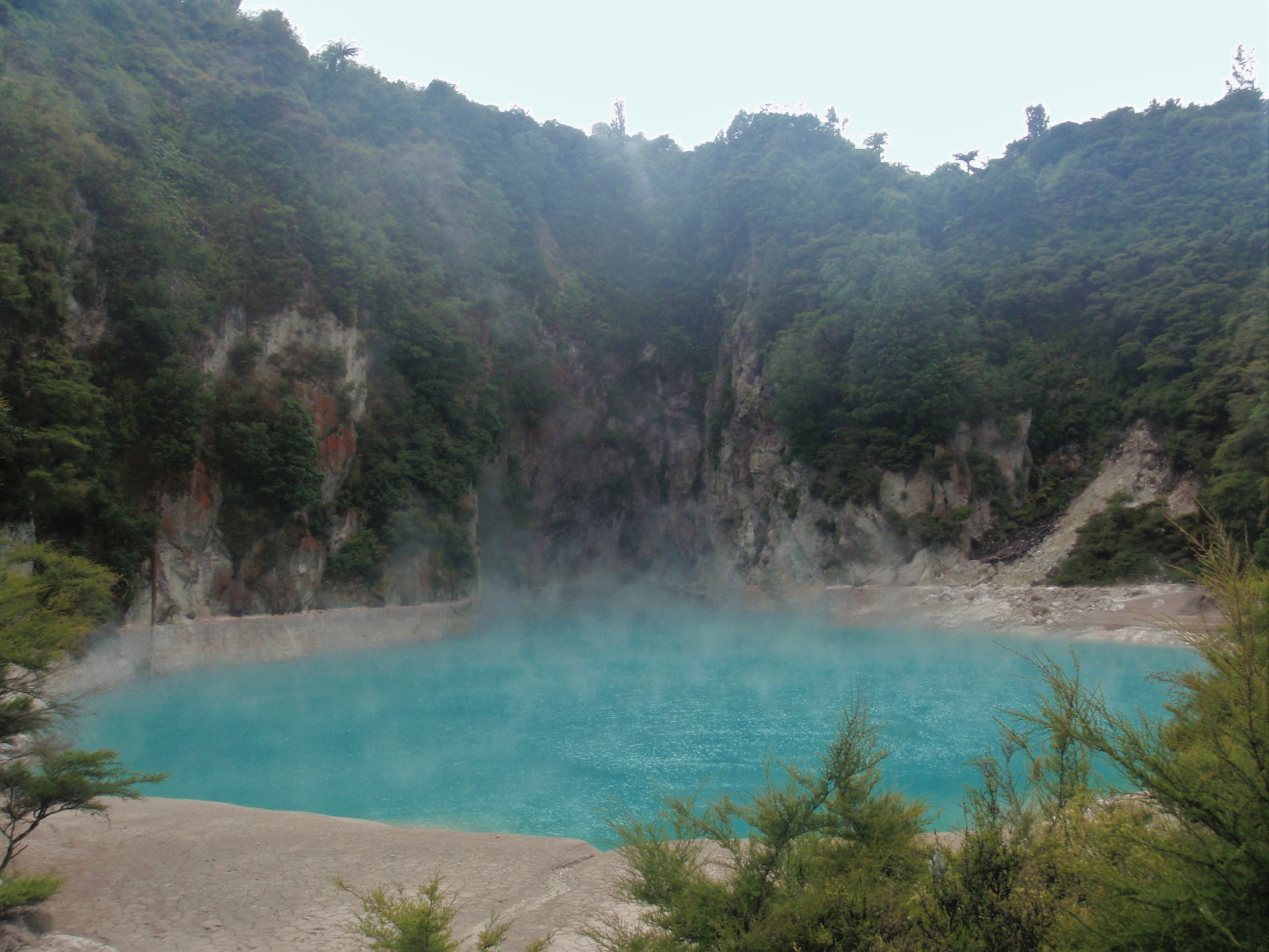
Whilst walking through the park it is amazing to see boiling hot rivers, steam pouring out from vents high up the hill sides and stunning mineral formations.
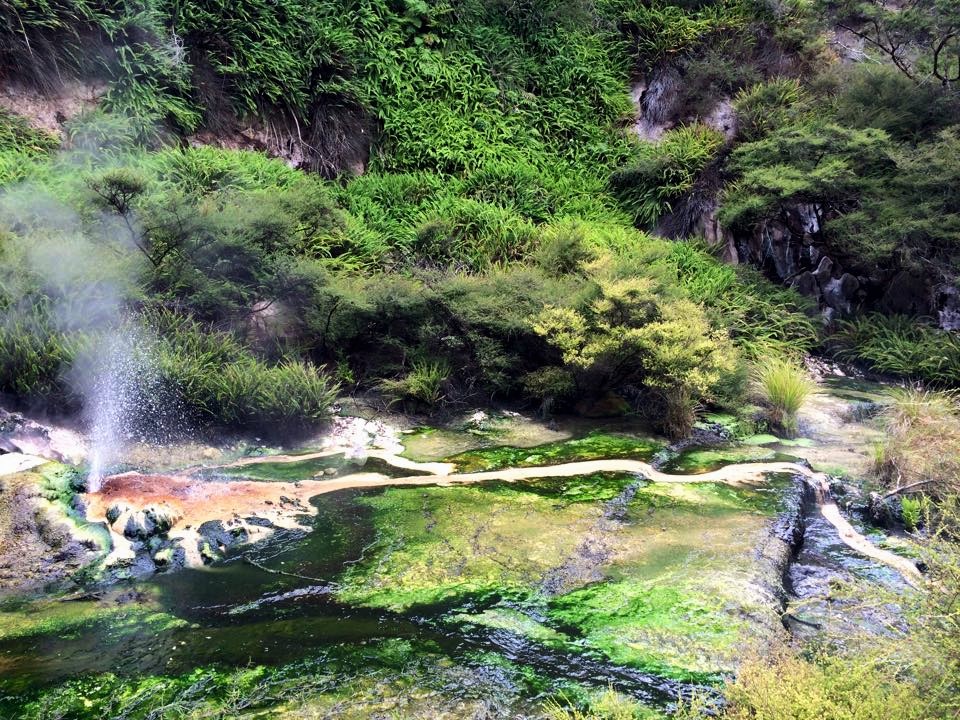
Lake Rotomahana is also home to a lot of bird life, including black swans. There is a small wildlife reserve with viewing platforms overlooking the lake, or there is a boat that will take you on a lake cruise. Although the Waimangu park is not a free attraction, I would definitely recommend making the trip there to see this wonderful natural beauty.
Mountain Biking
Mountain biking amongst the redwood trees of the Whakarewarewa forest is a must-do when visiting Rotorua. Bikes can be hired in the town centre and ridden the few kilometres out the to forest or hired there. Even if you have never tried mountain biking before, don't be scared to give it a go. There are various types of bike available from town bikes to ones with better suspension to full-on mountain bikes. Although slightly more expensive, I would suggest going for a bike with a decent amount of suspension and thick tyres, you will definitely appreciate it once you are out on the trails! We made the mistake of hiring road bikes but by the time we had cycled to the park, already sore from the lack of suspension and having dropped the baskets (yes, they even had baskets!) in the road a few times, we were quick to exchange them for something more suitable. I had never ridden on proper mountain bike trails before but quickly got the hang of it. Each trail is graded with an experience level which vary from easy tracks gently winding through the trees to very technical, downhill ones with artificial jumps and obstacles. By the end of a whole day of biking, I was careering around like a pro (well, almost!).
Māori Culture
With such a large proportion of the town's population being Māori, their culture is a key influence in Rotorua. Maraes are Māori meeting places and some allow cultural visits. I would highly recommend doing this and if you can, going for a hangi dinner (meat, kumara and vegetables cooked in a specially-dug hole in the ground, served with fried bread). While travelling on the Stray bus, I was lucky enough to do both, it was wonderful to visit a marae and be welcomed with the traditional hongi (touching of noses) and the hangi was one of the most delicious meals I have ever eaten! Mokoia Island on Lake Rotorua is sacred to the Te Arawa people and is home to the great legend of the lovers Hinemoa and Tutanekai. In brief, fuelled by her love for Tutanekai, who lived on the island, one night, Hinemoa swam across the lake, guided only by the sound of his flute playing, so that they could be together. Here's the full story.
I would definitely recommend including a visit to Rotorua and the surrounding area in any North Island itinerary. If travelling on the Stray backpacker bus as I was when I visited, then make sure to hop off for a few nights as this is not scheduled as a group overnight stop. The town is also a good starting place from which to explore the relatively remote East Cape.
